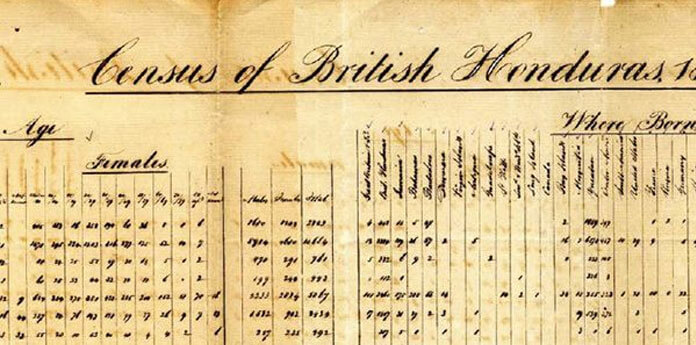Some idea of the problems of establishing racial origins and allocation may be gained from the 1946 census. This census divided the population into: Black 22,693 (38.39 per cent); Mixed or coloured 18, 360 (31.01 per cent; Aboriginal Indians 10,030 (16.94 per cent); Carib 4,112 (6.94); White 2,329 (3.93 per cent); East Indian 1,366 (2.3 per cent); Syrian 128 (0.41 per cent; Chinese 50 (0.08 per cent); not stated 15 (0.05 per cent.)
– pg. 8, MAKING OF MODERN BELIZE, by Cedric H. Grant, Cambridge University Press, 1976
A precise racial definition of Creole is as elusive as its original usage is ambiguous, and it is significant that it was not used in the 1946 census. Africans constitute about two-thirds of the component but anyone with a generous admixture of African blood will answer the historical criterion. It is, however, the cultural element that is emphasized since the complex is conceived and expressed more as a social and cultural than a biological phenomenon. The concept is therefore used primarily to identify a non-Indian and non-Mestizo way of life and a set of values derived, with local adaptation, from the Anglo-Saxon countries, mainly Britain, the West Indies, and from Africa. Thus the few British expatriates and the group of local whites, who are dwindling, form an integral part of this complex although racially they would be excluded from it.
– pg. 14, IBID.

